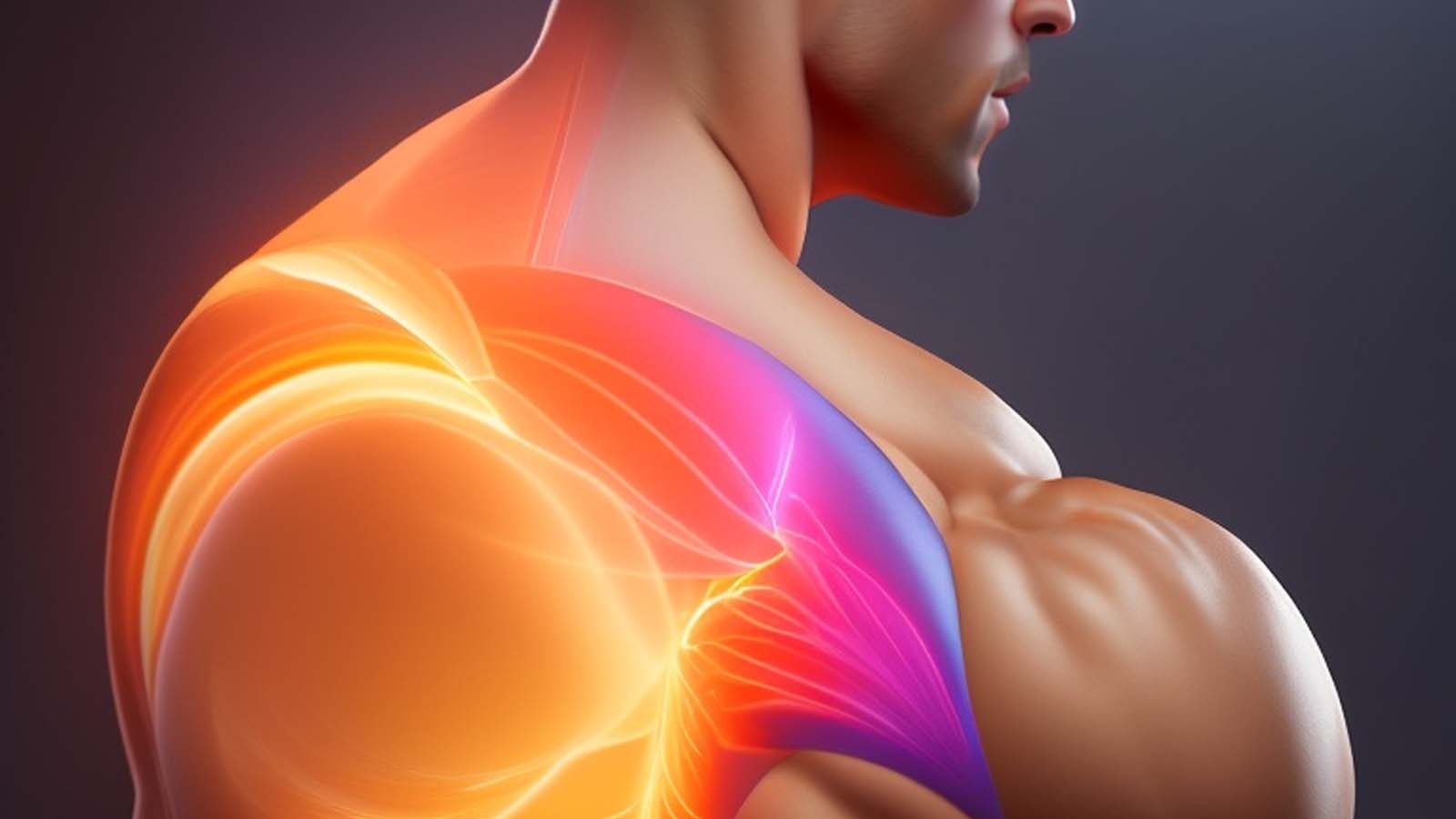Shoulder Injuries often overseen
Treating painful shoulders can be tricky and there is an often overlooked cause of shoulder pain.
When we’re dealing with a painful shoulder and we see a loss of overhead movement, it’s easy to focus our attention on the glenohumeral joint. We may jump to mobilizing the shoulder joint to improve joint biomechanics.
The scapula can often be put on the back burner of our attention.
But there’s a growing body of literature that proves the scapula plays an important role in shoulder pathology (Ludewig, 2009).
One of the big issues I see with patients experiencing painful overhead movement is the problem where the scapula has insufficient upward rotation.
Upward Scapular Rotation Demystified
Before we dive into today’s content, I thought it would be helpful to review the movements of the scapula.
In order for the shoulder to move through full range of motion, we need 60 degrees of upward rotation of the scapula (Sahrmann, Diagnosis & Treatment of Movement Impairment Syndromes)
Upward rotation of the scapula is when the scapula (in the frontal plane) rotates in an upward direction.
Downward rotation and upward rotation of the scapula
A simple way that I explain it to patients is that when there is a lack of upward rotation of the scapula, an increased amount of overhead movement needs to come from the shoulder joint. I share the movement systems principle that the body takes the path of least resistance and if there is increased resistance at the shoulder blade, more of the movement will occur at the shoulder joint.
Symptoms of decreased upward scapular rotation
Patients with limited upward rotation will often experience pain and limitation with overhead movements. You may also see early and excessive upper traps activity during overhead movements. Also, given the limited scapular movement, you may also see an increased extension of the thorax in attempts to increase shoulder movement.
What limits upward rotation of the scapula?
Often patients are not using their arms overhead often enough. Over time adaptive shortening can take place of muscles that limit the upward rotation of the scapula. Coupled with this, key upward rotator muscles of the scapula can become weak, further reinforcing limited scapular movement.
Understanding scapular rotation muscles
As mentioned earlier, certain muscles can become shortened over time, especially if overhead movements are limited.
These muscles (aka the downward rotators) include the levator scapulae, rhomboids, and latissimus dorsi.
Muscles that support upward rotation (aka the upward rotators) include the serratus anterior, and lower and upper fibres of trapezius.
Best is to talk to an experienced shoulder doctor, and we are here to help you out.
